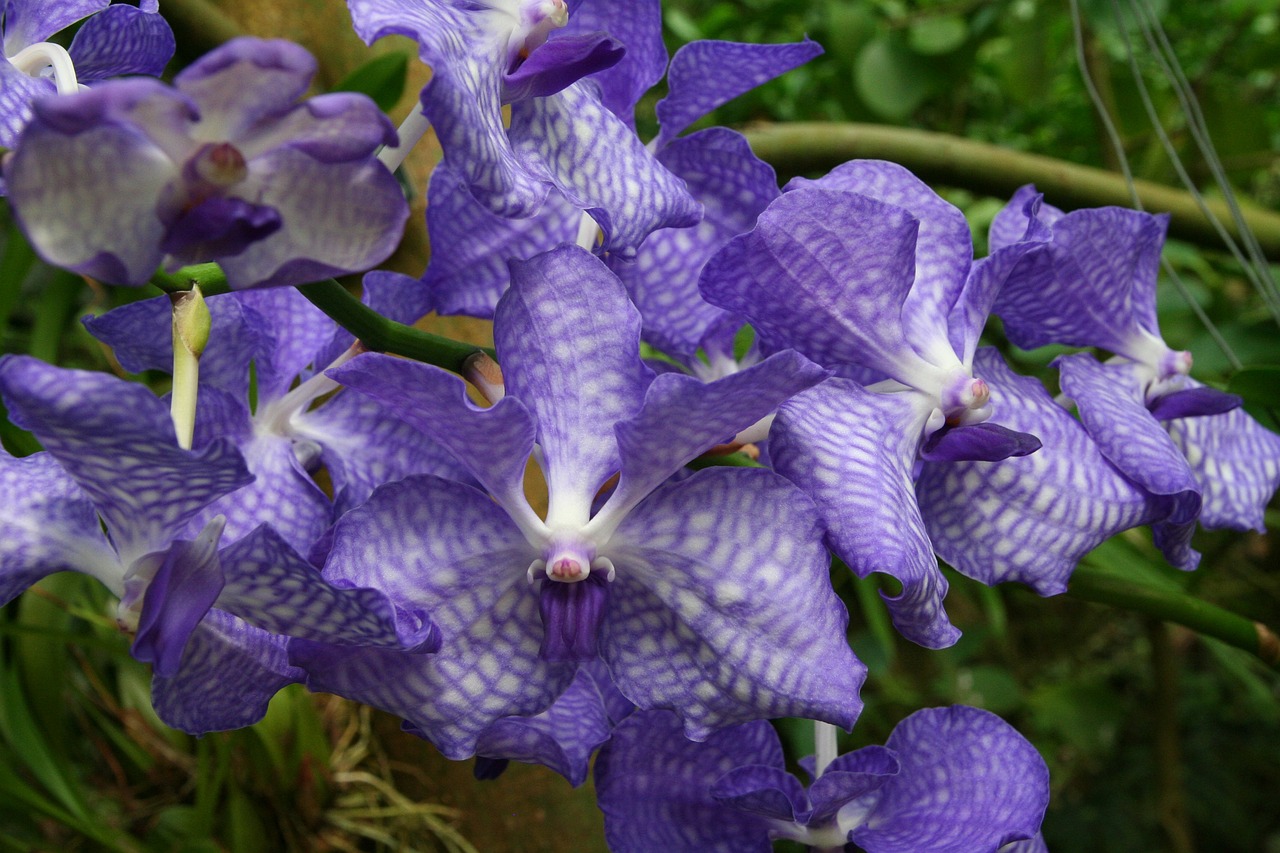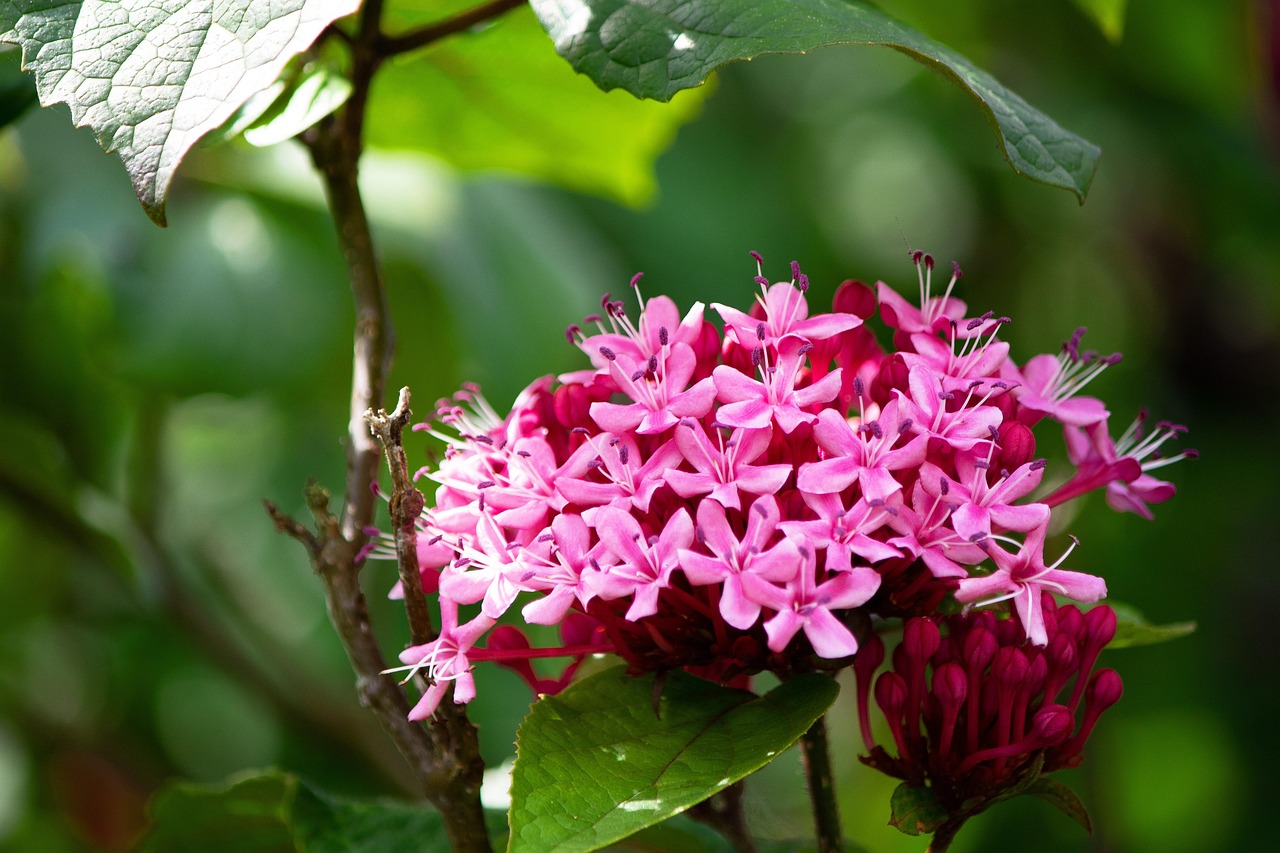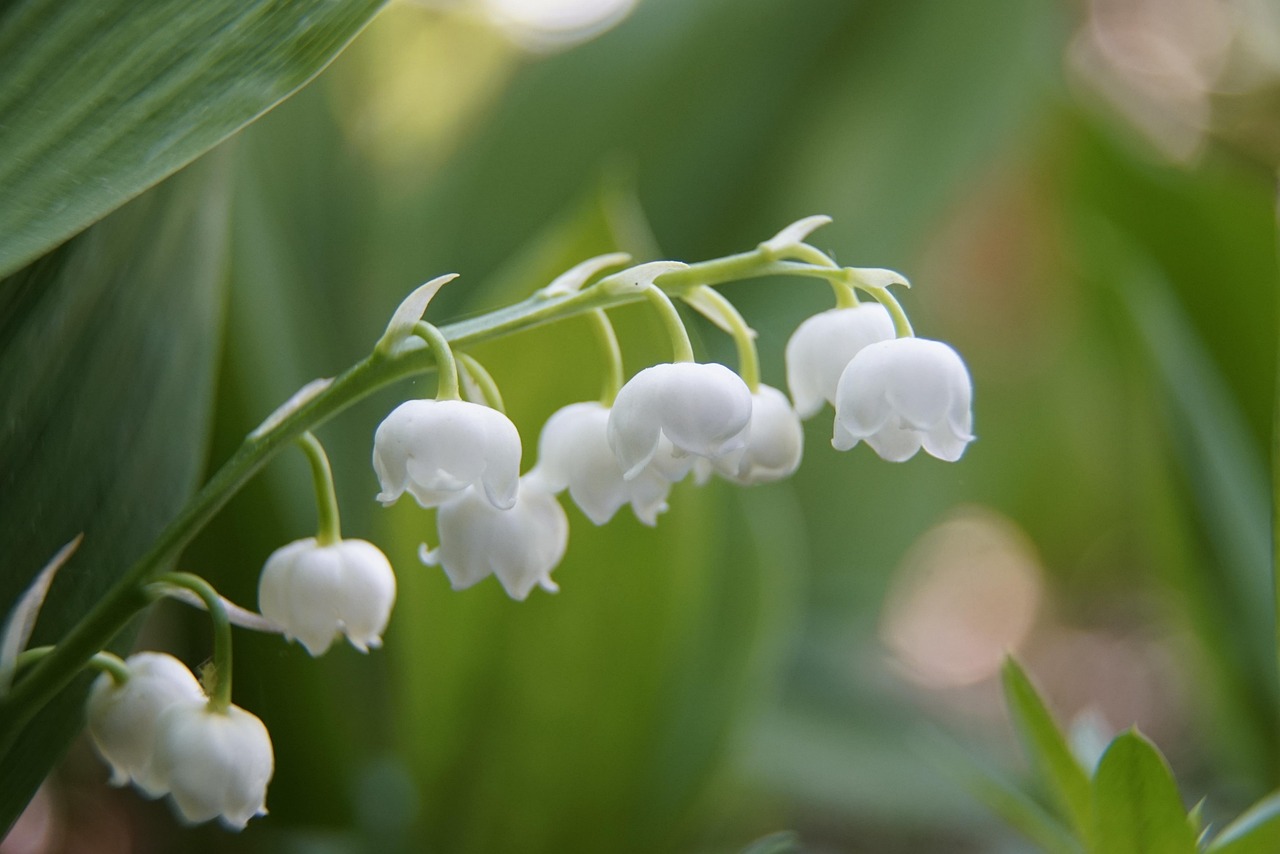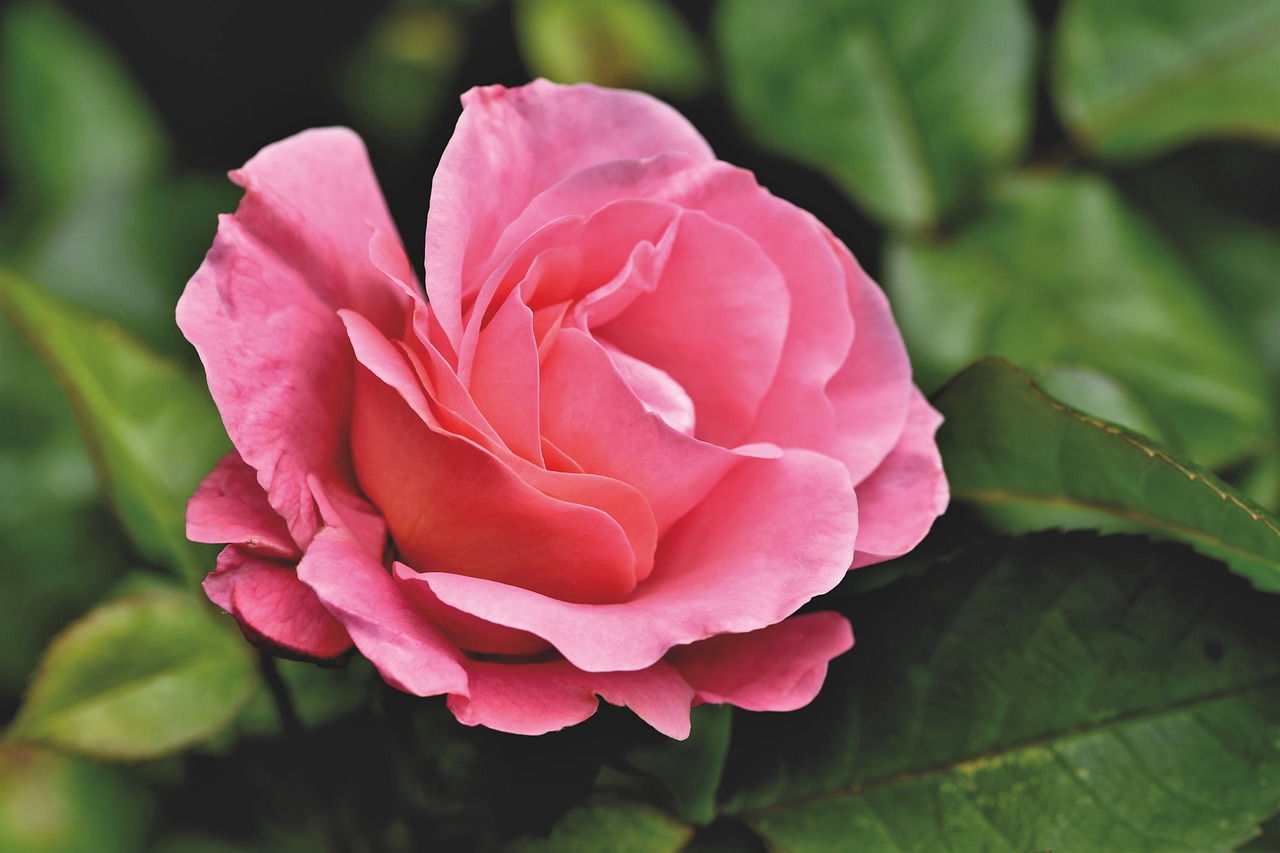Petunia | Gentle Colors That Brighten Everyday Life
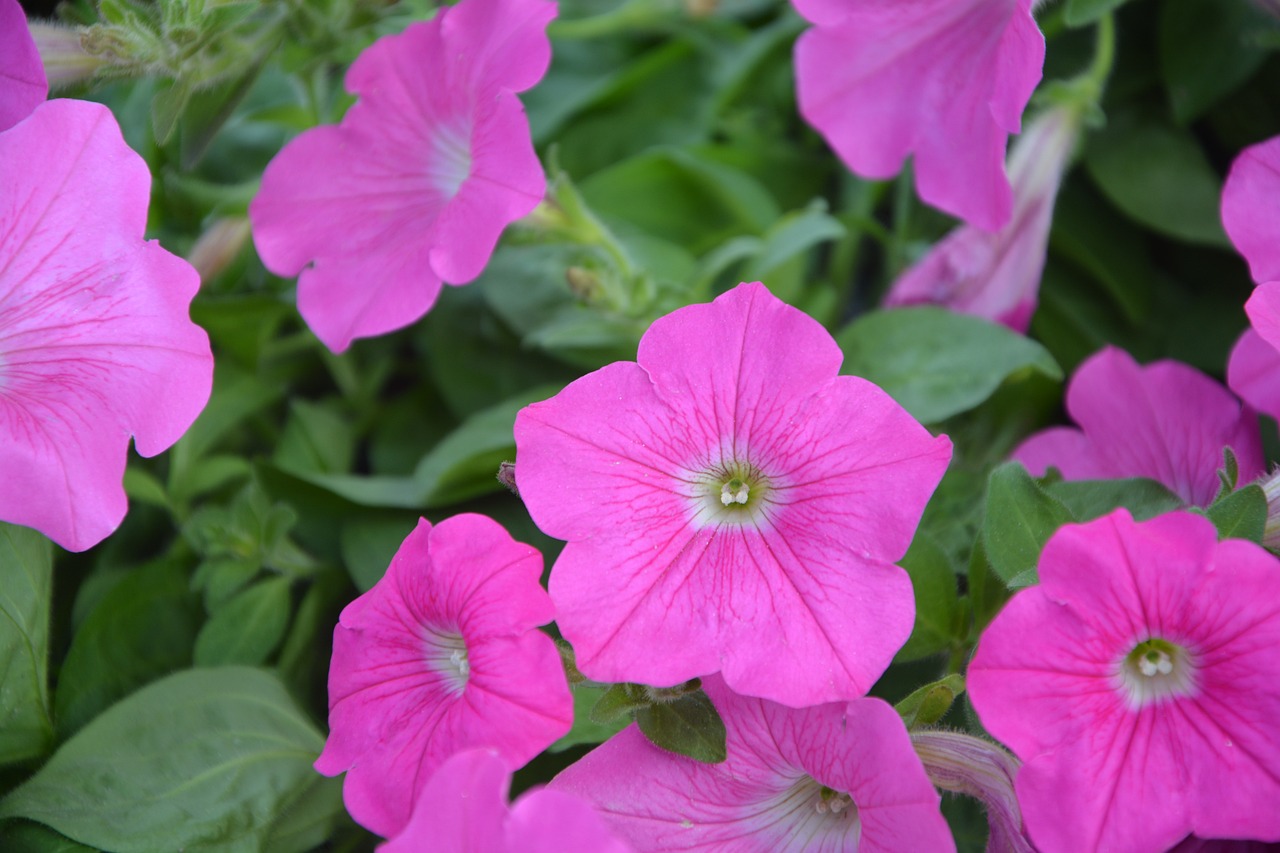
Petunias are among the most popular gardening plants thanks to their vibrant colors and wide variety of cultivars. They are beloved as flowers that brighten summer gardens and flower beds, and one of their charms is that even beginners can easily grow them.
In this article, I will introduce petunias in detail, from basic information to their cultural background and gardening tips.
Basic Information
- Scientific name: Petunia
- Family: Solanaceae
- Origin: South America
- Appearance: Petunias are distinguished by their vivid colors, ranging from red, pink, purple, and white to many other shades. They are low-growing and spread outward, making them well-suited for flower beds and hanging baskets. The flowers are trumpet-shaped with large, showy petals.
- Blooming season: Primarily from spring to summer, though in warm climates they can continue blooming until autumn.
Cultural Significance
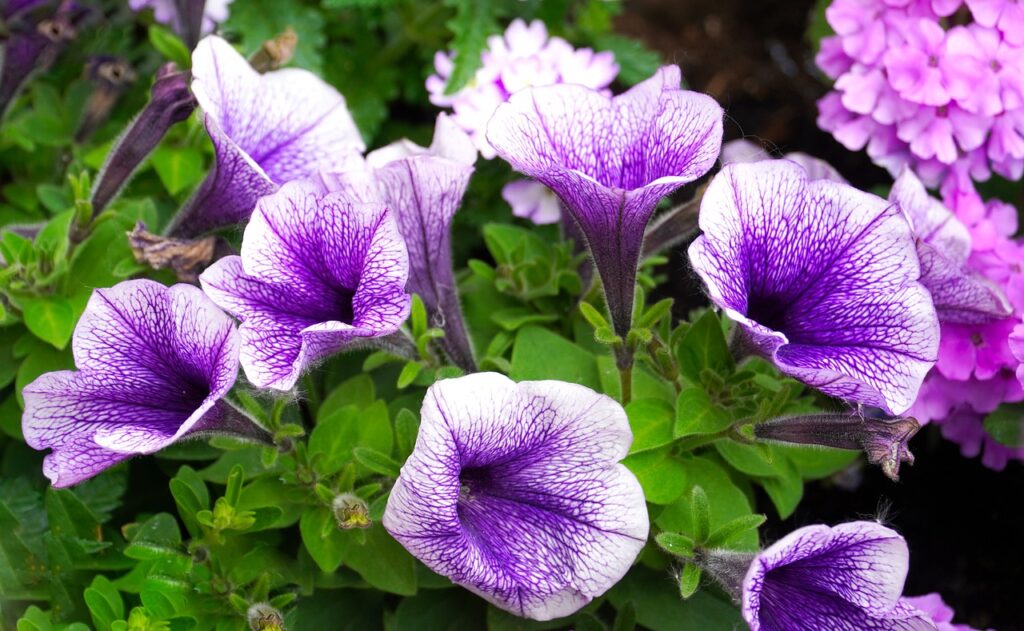
Petunias are admired worldwide as ornamental flowers and are especially treasured in the United States and Europe as decorations for gardens and balconies.
Beyond their beauty, they carry symbolic meanings such as “peace of mind” and “kindness.” They are also often used for summer events and celebrations. Thanks to their brilliant hues, they are a popular choice for festival and party decorations.
In the United States, petunias are frequently planted in gardens and patios, where they create vibrant, colorful landscapes.
Historical Background
Petunias were first discovered in South America in the late 18th century and introduced to Europe shortly thereafter. Initially regarded as unremarkable wild plants, they underwent active hybridization in Europe during the 19th century, evolving into the diverse and colorful ornamental plants we know today.
One fascinating story tells of a French gardener who developed a new variety of petunia that combined vivid colors with cold resistance, sparking a surge of popularity across Europe.
Later, many hybrid varieties were also cultivated in the United States, and today, petunias are among the most popular gardening plants worldwide.
Gardening Advice
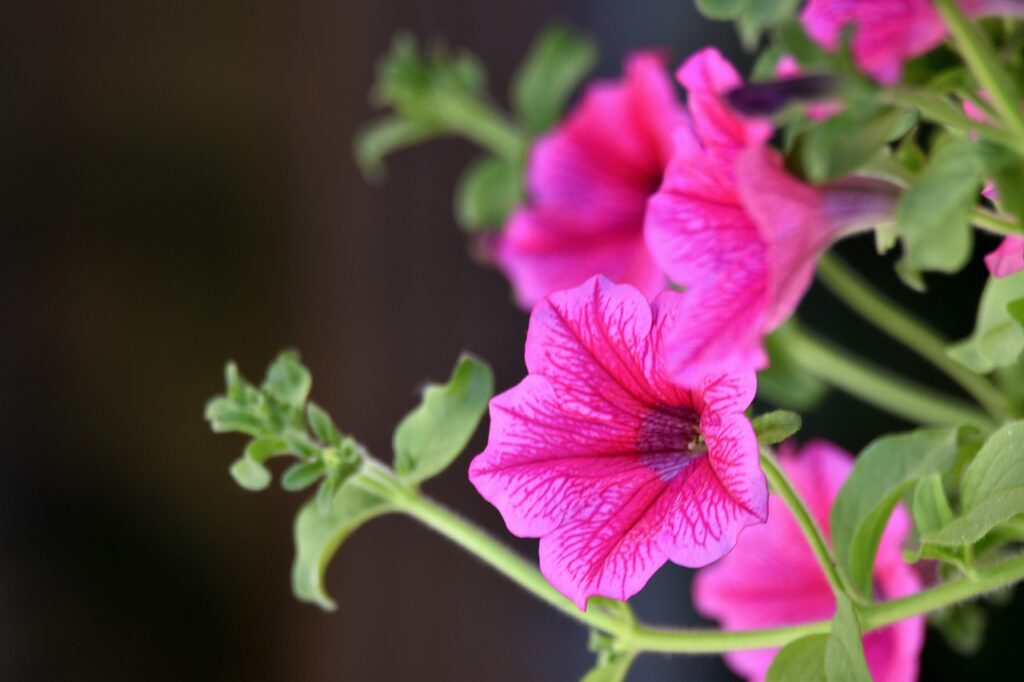
Cultivation Guide
Petunias thrive in sunlight. Ideally, they should receive 6–8 hours of sun daily. With sufficient light, they will continuously produce bright blooms.
When watering, it is best to wait until the surface soil has dried, then water thoroughly. In the hot summer months, careful moisture management is especially important.
Regular pruning is also necessary. Remove spent flowers promptly to encourage the growth of new buds. This practice will allow you to enjoy their blossoms for a longer time.
Environment and Conditions
Petunias grow best in well-drained soil. Since they dislike excessive moisture, it is important to use highly permeable soil for potted plants.
Maintaining proper air circulation will also help reduce the risk of pests and diseases. During the blooming season, providing fertilizer rich in phosphorus will improve flower production.
Conclusion
Petunias are easy to grow, making them an excellent choice for beginners. With their vivid colors and long blooming period, they bring brightness and beauty to gardens and balconies.
With the right environment and care, you can enjoy the charm of petunias as they produce bloom after bloom throughout the season. I encourage you to consider adding petunias to your next gardening project.

